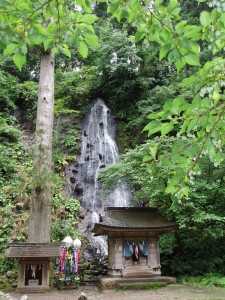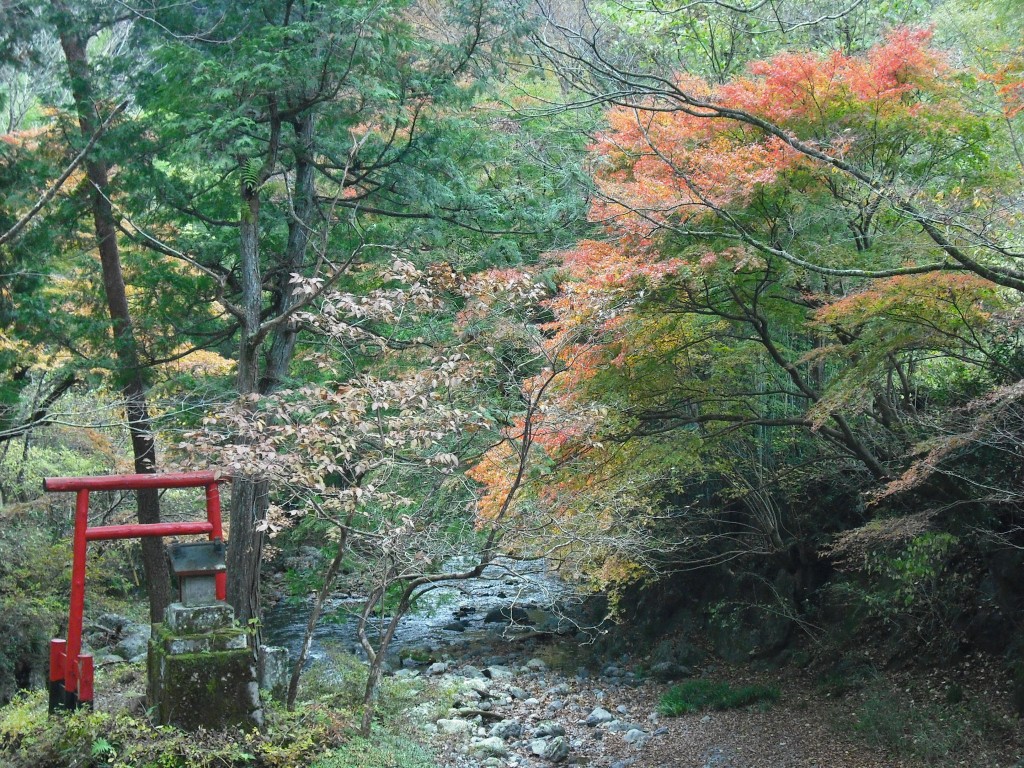[The following was written in conjunction with Timothy Takemoto of the Shinto Online Network]

Shinto is a ‘natural religion’, which has developed organically over time. As such it has no founder, no doctrine, no dogma, and no holy book. This makes defining Shinto difficult. It is a pluralistic religion with no unified system. Local practices differ one from another, shrines maintain their own traditions, and priests may hold contrasting opinions.
There are many disagreements among experts about what Shinto is exactly. Amongst the main points of contention are when it first came into being; whether it is an indigenous religion or a collection of imported ideas; whether it is basically animist or ancestor worship; whether it is for Japanese only; whether it is an independent religion; indeed, there is even argument about whether it is a religion at all!
Though Shinto may defy simple definition, its polytheist framework is an intrinsic part of the Japanese mindset and its torii (gateway) has become a symbol of Japan as a whole. Shinto practice is interwoven into the fabric of Japanese culture, and its beliefs underlie many Japanese customs. Here is what some commentators have written:
‘The term Shinto covers a many-hued array of Japanese religious traditions.’ (Mark Teeuwen and John Breen)
‘Shinto is a collective term that includes ceremonial customs and religious views present in the Japanese people from ancient times.’ (Haida Harahisa)
‘Shinto is a crystallized system of rites for the veneration of personalities closely connected with our existence and our national history’ (Tsuzuki Keiroku)
Shinto is ‘one of the last great truly natural, human a-rational philosophy systems’. (Stuart Picken)
‘It is a combination of the worship of nature and of their own ancestors.’ (Percival Lowell)
Lowell’s definition offers an easy way into Shinto, for the definition suggests the blend of animism and national rites that characterises the religion. This can be seen in the example of the primal deity, Amaterasu. Her name means ‘Heaven Shining’, and the deity is thought to have originated with a shamaness-ruler in ancient times (ancestor worship), whose radiance was compared to the sun. In time she became identified with the spirit of the sun and worshipped as the sun-goddess (animism). As such, she was claimed as the founding mother of the imperial line and the supreme deity.
One could say then that the tension between nature worship and magico-political rites lies at the core of Shinto. It is neither simply ancient paganism nor simply a vehicle for social cohesion, but it contains elements of both. What unites the two is the concept of kami, a term that is difficult to understand but which roughly equates to ‘spirits’. The definition of kami will be dealt with elsewhere.

Shinto as a nature religion – but it is also in a sense a religion of Japaneseness

Leave a Reply